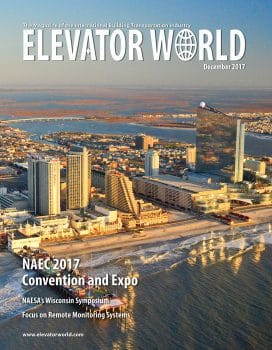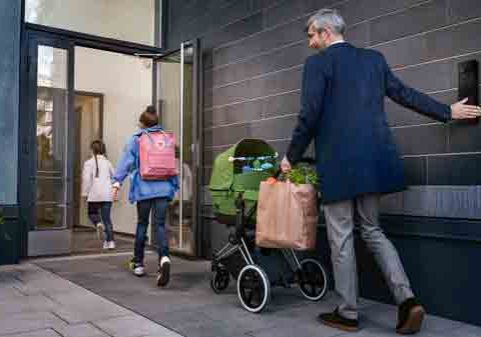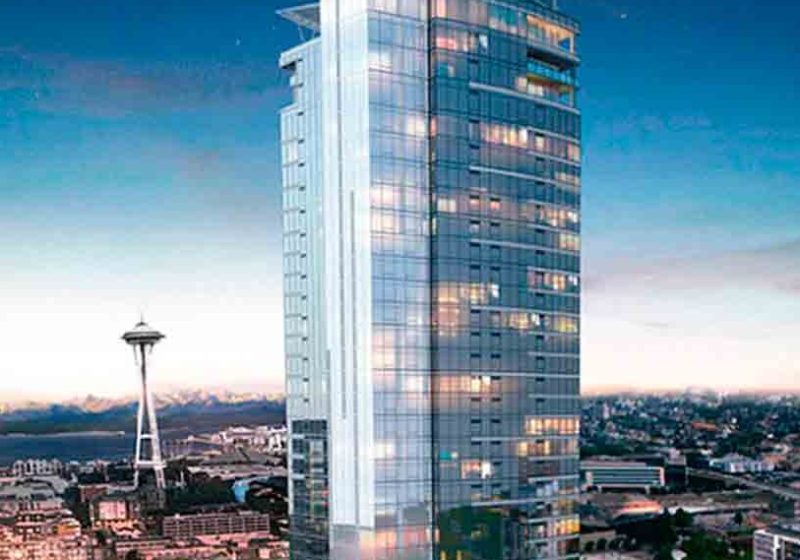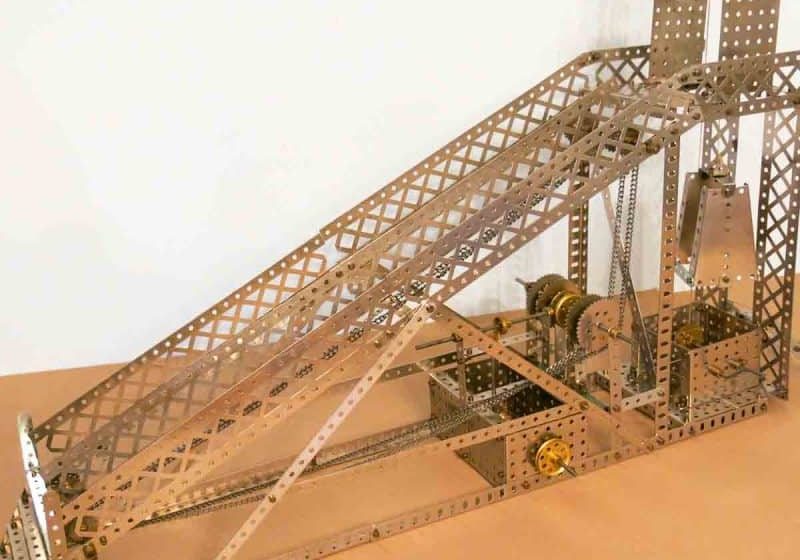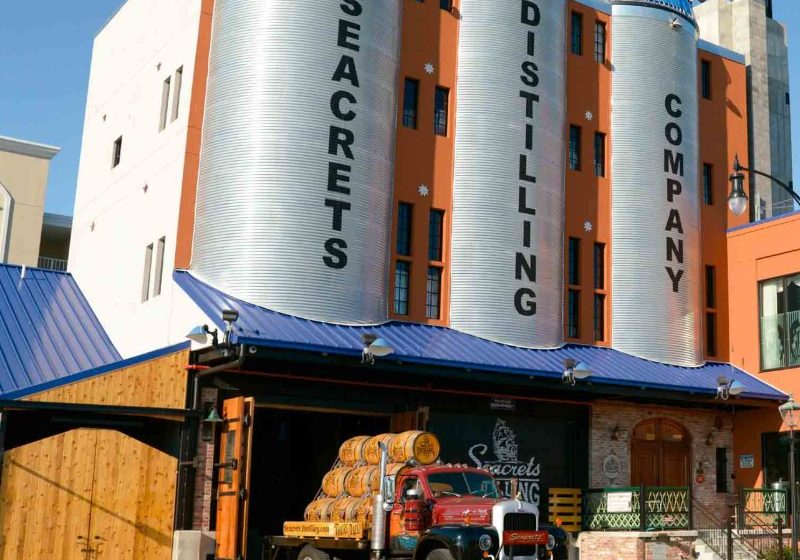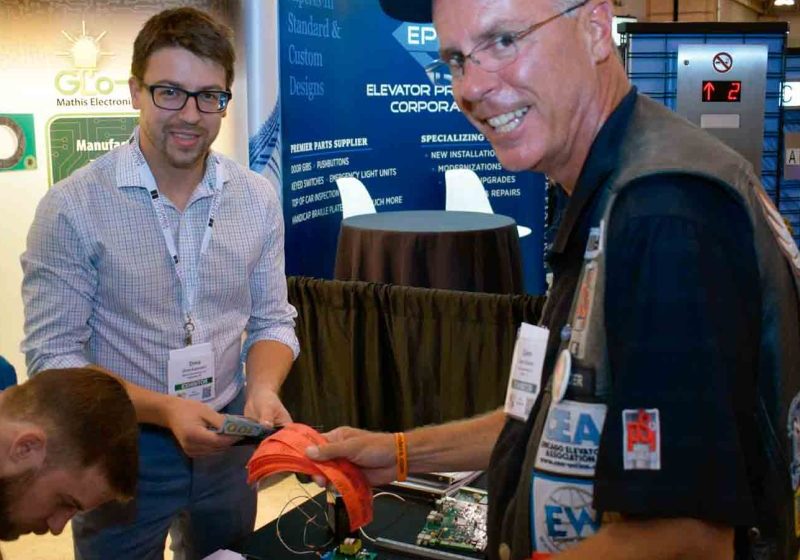Schedule Conflict Doesn’t Hurt Wisconsin Symposium
Dec 1, 2017
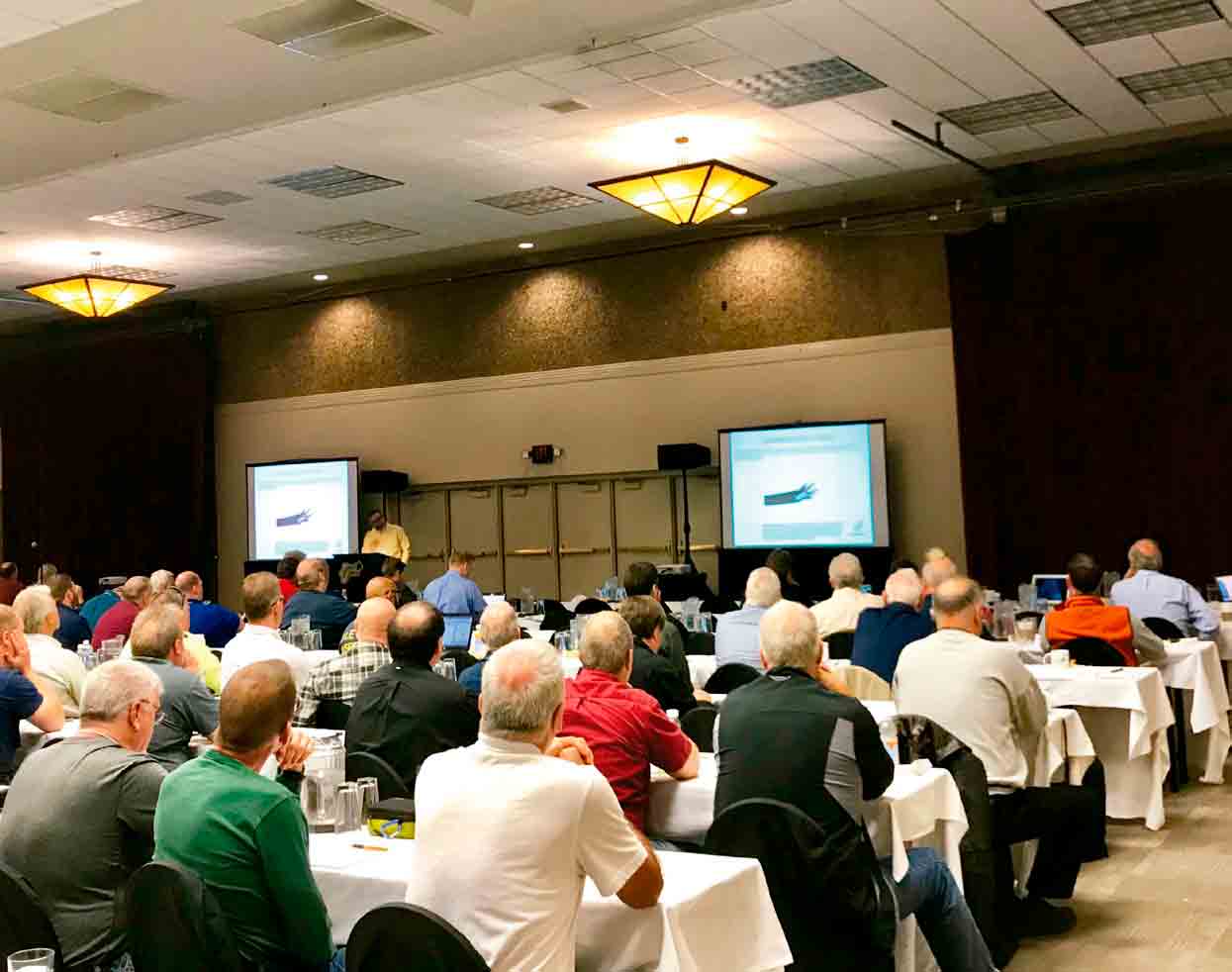
Participants have a positive experience at this year’s NAESA gathering.
It is not often that two industry events in the U.S. occur within the same week, but when Hurricane Irma began making its way toward the Southeastern coast, there was no choice. The National Association of Elevator Contractors (NAEC) Annual Convention & Exposition (p.54), originally scheduled to take place September 11-14 in Orlando, was moved to Atlantic City, New Jersey, the same week as NAESA International’s annual Wisconsin Symposium, which took place September 28-29 at the Grand Geneva Resort in Lake Geneva, Wisconsin. Attendance and participation at the Wisconsin Symposium, however, was still positive, and several of the 23 vendors and more than 200 attendees even managed to make both events.
The first day opened with welcoming remarks from NAESA Executive Director Bob Shepherd and NAESA Educational Director Jack Day. During these remarks, Shepherd stressed the importance of safety within the industry and asked for a moment of silence to honor recent fatalities. “A fatality every three months is not acceptable,” Shepherd stated.
Brandon Piper from the Wisconsin Department of Safety and Professional Services Elevator Safety Program gave a brief overview of the state of the industry within Wisconsin, where business is up 15% over the past five years. He noted, however, that one continuous issue is finding good and qualified people to perform the work.
The first educational presentation of the day analyzed the relationship between the National Electrical Code and ASME A17.1, and was given by Lawrence Taylor with Schindler Elevator. Taylor stressed safety by emphasizing that you should not do work that you are not qualified to perform.
Next, Mark Yako, regional sales manager for GAL Manufacturing Corp., discussed unintended movement and uncontrolled ascent. Yako mentioned the importance of door-lock monitoring, which he noted would be a requirement in New York City by 2020.
Each year, a little time is spent going over Wisconsin-specific topics. Mark Urban, John Kastner and Brian Rausch gave an overview of updates to the Wisconsin code. Rausch asked for a show of hands of those attending who do not currently and do not plan to do work or business in Wisconsin. A good number of people raised their hands, which is a credit to the value of the information being presented at NAESA’s symposium, in that it attracts people from outside the local area.
After lunch, Charlie Slater with ATIS Elevator Inspections gave a presentation on the necessary steps for a proper inspection. One important but often overlooked action is explaining and describing any violations in a clear manner.
The topic of safety is always interwoven into each speaker’s presentations, but there is always at least one presentation where it is the main focus. This year, Day gave such a presentation by going through the 2015 Elevator Industry Field Employees’ Safety Handbook (available at elevatorbooks.com) and applying its many guidelines and advice to inspectors.
Following the afternoon break, Bill Snyder gave the day’s final presentation, which centered on recommended inspection and procedure updates found in ASME A17.2. Snyder said that because “elevators move the equivalent of the world’s population every 72 hours,” it is essential that inspectors report and witness tests properly to ensure the safety of the riding public.
That Thursday evening during the reception came the popular silent-auction fundraiser to benefit the Elevator Escalator Safety Foundation (EESF). This year, a total of US$2,450 was raised for the Foundation.
The next morning, Day once again took the podium to present “How to use the Inspection Handbook.” As he held up his tattered personal copy of the handbook, it was clear to see how often he has used it in the field, proving it a critical reference tool for inspectors.
Next, Shepherd provided a review of fatality prevention areas in his presentation. He also went over the “Nine Safety Absolutes” (ELEVATOR WORLD, May 2017), adding a 10th, and equally important, “non-negotiable” absolute: personal protective equipment.
Day’s endorsement of the Inspection Handbook that morning led to a busy half-hour break for your author and EW Editor and Publisher Ricia Sturgeon-Hendrick at the EW booth as the exhibit hall was opened. Many new-to-the-industry inspectors lined up to purchase their own copies.
The last speaker before lunch was Geraldine Burdeshaw from the American Society of Mechanical Engineers (ASME). She gave an overview of various code cases, as well as how to submit interpretations to ASME. She emphasized the importance of joining committees so that your voice can be heard on these cases.
Jonathan Brooks, president of Wagner Consulting Group, Inc., gave the final presentation, which was an overview of the A17.1 2016 code updates.
The NAEC rescheduling seemed to have little to no effect on this year’s Wisconsin Symposium. In talking with attendees and vendors, and sitting in on the presentations, it was clear how important the information provided and networking opportunities are for everyone attending NAESA. The 2018 symposium will be September 13-14 and will once again take place in Lake Geneva. Visit naesai.org for updates and more information.
Get more of Elevator World. Sign up for our free e-newsletter.

